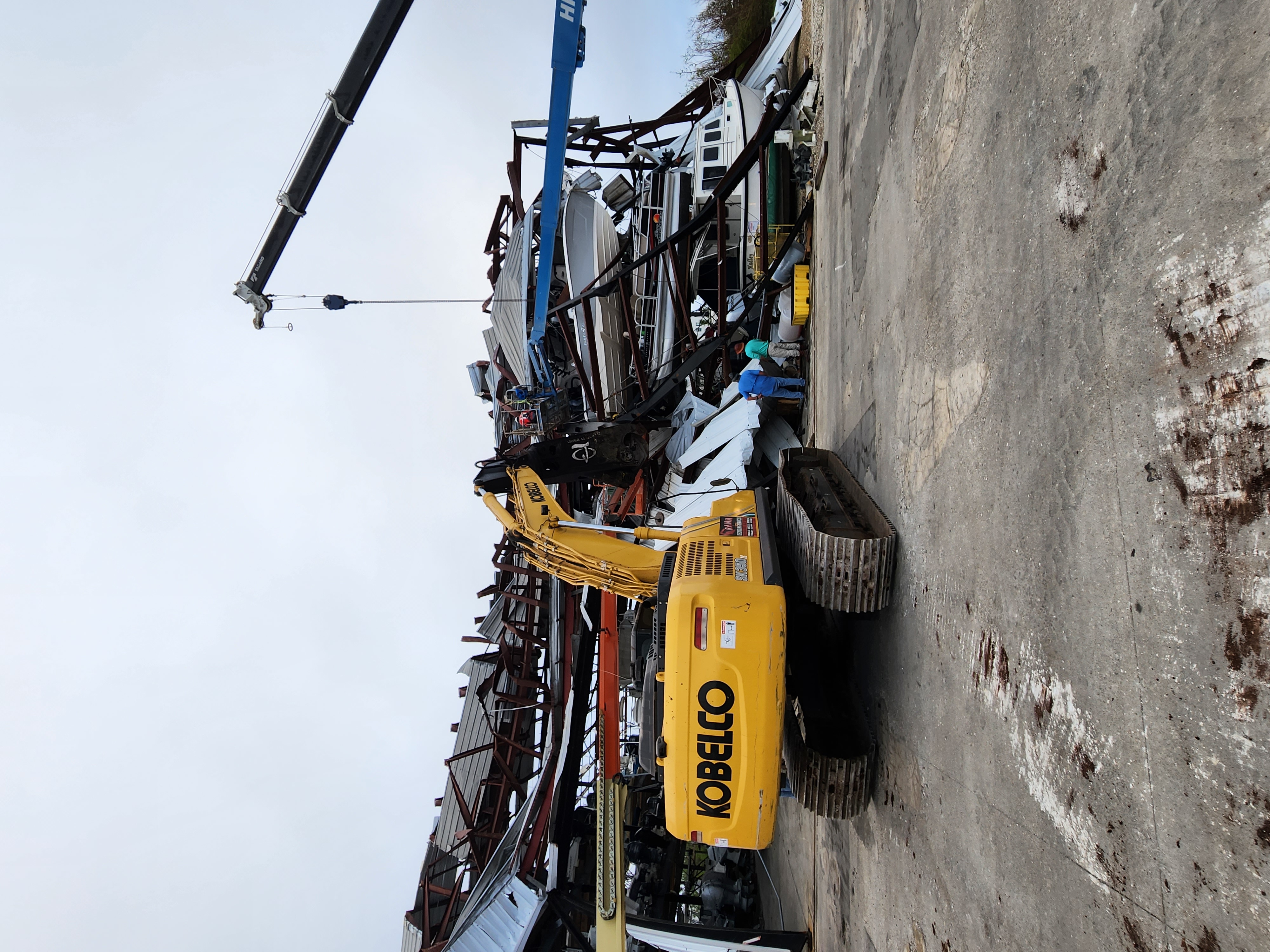
Deconstruction and Salvage
Deconstruction is an environmentally-friendly alternative to traditional demolition.
Instead of tearing down a building, it is carefully disassembled to recover materials
for reuse and recycling. This approach reduces waste and conserves valuable resources.
Benefits of Deconstruction
- Sustainability: Minimizes waste and reduces the carbon footprint
of building projects.
- Economic Value: Recovered materials can be sold, offsetting the
costs of deconstruction.
- Job Creation: Deconstruction is labor-intensive, potentially leading
to local job opportunities.
- Preservation: Historic and architecturally significant materials
can be preserved.
Commonly Salvaged Materials
- Wood: Beams, flooring, and framing can be reused or repurposed.
- Metals: Copper, steel, and aluminum have high resale value.
- Bricks: Can be cleaned and reused for new construction or landscaping
projects.
- Fixtures: Lights, sinks, tubs, and hardware can be reused in renovations.
- Windows and Doors: Often reused in construction or art projects.
Process
- Assessment: Buildings are evaluated for the viability of deconstruction
and potential material recovery.
- Planning: A systematic plan is created to safely deconstruct the
building in phases.
- Material Removal: Materials are carefully removed, categorized,
and stored for resale or recycling.
- Sale or Donation: Recovered materials are either sold or donated
for reuse.
- Recycling: Materials that can't be reused are sent to recycling
facilities.
Considerations
While deconstruction is environmentally beneficial, it can be more time-consuming
and costly than traditional demolition. However, the long-term environmental and
societal benefits often outweigh these challenges. Collaboration with a demolition
and recycling company ensures that as many materials as possible are diverted from
landfills and find new life in other projects.